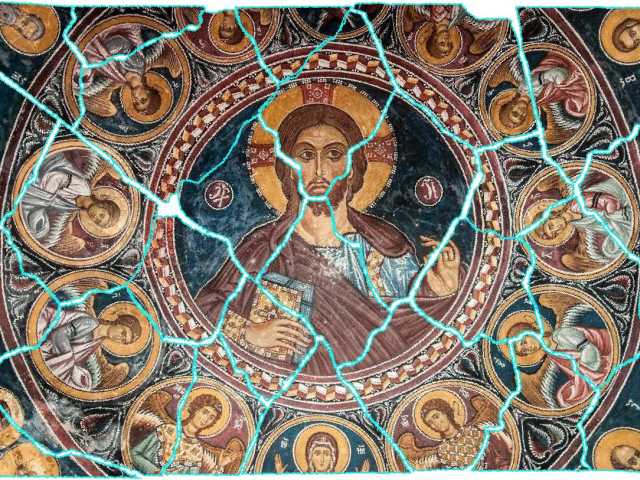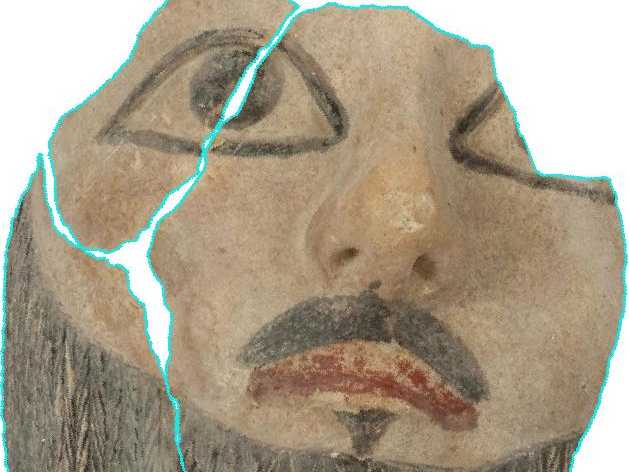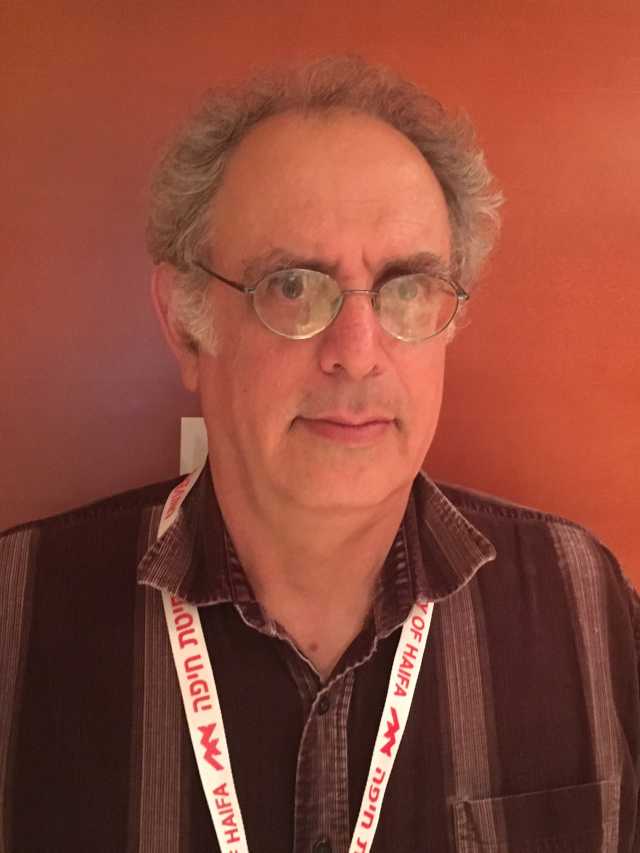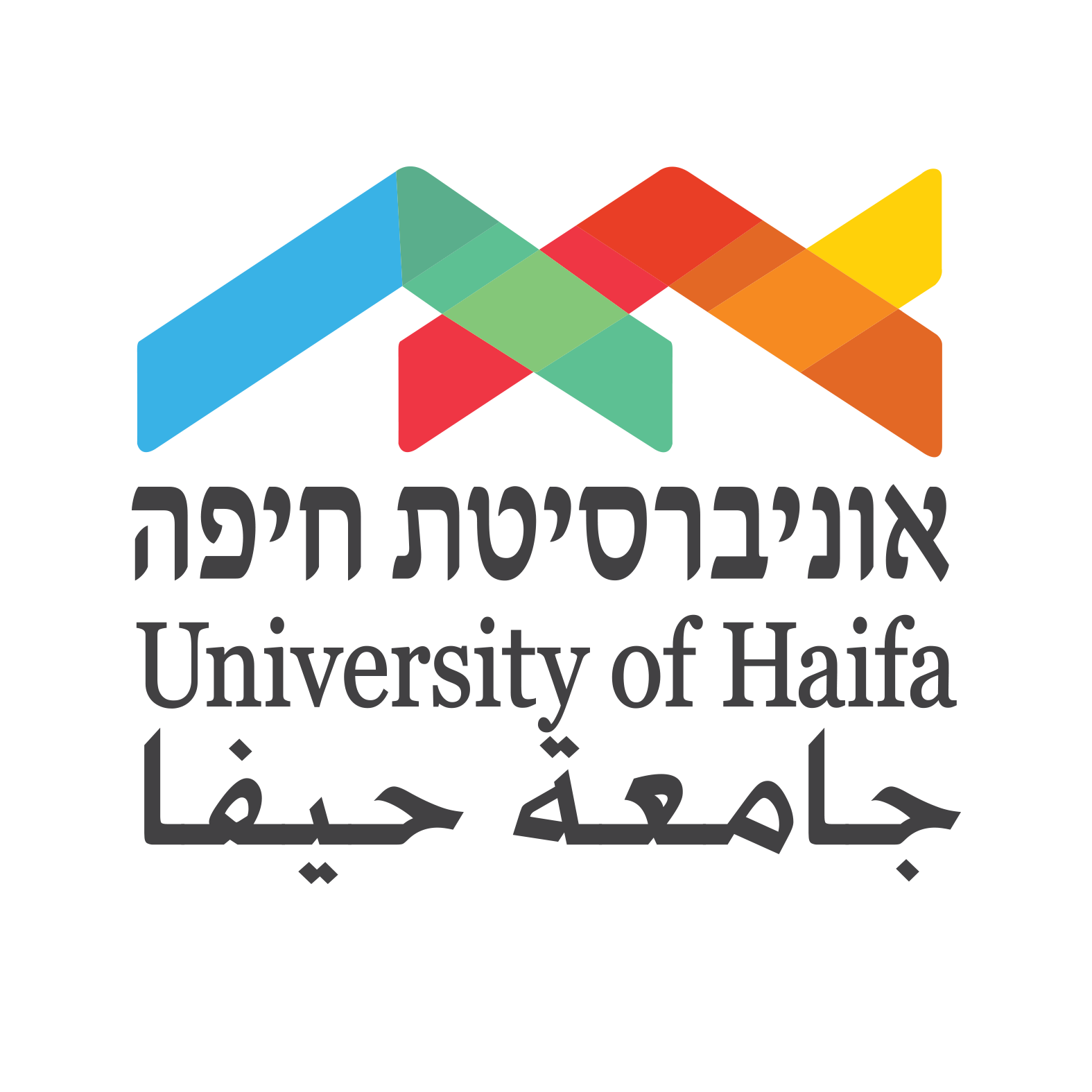
USING AI
TO PICK UP
THE PIECES

A novel AI algorithm developed by a team from the University of Haifa and the Technion is able to piece together archaeological fragments “perfectly” using computer vision.
For Prof. Ilan Shimshoni of the Department of Information Systems, putting AI to practical uses has turned into a lifelong passion. His recent collaboration with Prof. Ayellet Tal and Niv Derech from the Technion, has produced a sophisticated digital tool that can assist archaeologists and curators reassemble ancient artifacts efficiently and reliably.
“Using computer vision, the system takes a picture of each fragment and extrapolates what the area around the fragment might look like based on color and structure,” explains Shimshoni, “even in pieces where edges and colors have been eroded. It then points the user to fragments that match that prediction.”
The project, funded by the EU-supported Gravitate project, has received extensive media attention over the last several months. Articles on the work have been published in the Times of London and la Republica to name a few.
Shimshoni is putting this technology to further use to decode the last few undeciphered Dead Sea scrolls. Working with Prof. Jonathan Ben-Dov from the Department of Biblical Studies and doctoral student Roy Abitbol, Shimshoni is using the system to identify fragment matches based on patterns and breaks in the loose fibers along the edges of the papyrus parchment. Both of these projects are examples of applied research in digital humanities – at the intersection of computational tools and humanities disciplines.
“There are countless applications for this technology in biology, medicine and even drug development,” adds Shimshoni. “I am also working on another exciting project whose goal is to create a digital health screening tool to prevent falls in older adults. The system under development uses 3-D imaging to assess risk of falling based on skeleton images that can be taken from the safety of the patient’s home.” The Ministry of Health has identified senior fall prevention as a top priority. This is an interdisciplinary project being undertaken together with Prof. Hagit Hel-Or of the Department of Computer Science. It involves a team of physiotherapists from the Western Galilee Hospital in Nahariya and The Israel Innovation Authority.

Prof. Ilan Shimshoni received a BSc. in mathematics from the Hebrew University and an MSc. in computer science from the Weizmann Institute of Science. After receiving his Ph.D. in computer science from the University of Illinois at Urbana Champaign (UIUC), he completed a post-doctorate at the Technion. He joined the Department of Information Systems at the University Haifa in October 2005.

